Grand Baltic Explorer
- Return flights
- 9 nights in 4-star hotels
- 13 meals: 9 breakfasts, 1 lunch, 3 dinners
Mon- Fri: 0900-1800 Saturday: 0900 - 1700 Sun & BH: Closed
Mon- Fri: 0900-1800 Saturday: 0900 - 1700 Sun & BH: Closed
Carleton Watkins was one of the most important practitioners in the history of photography, yet with relatively little public acclaim. Perhaps best known for his sequence of images of Yosemite taken in the early 1860s – which would lead to the foundation of the first national park in the United States of America – Watkins inspired later photographers such as Ansel Adams, in his pursuit of making dramatic, and awe-inspiring images of the natural environment.
In the avant-garde of 19th century landscape photographers, Watkins’ aesthetic, coupled with his remarkable skills as an innovator, changed the course of photographic history. Watkins’ use of the new entertainment system, the stereoscope, enabled those able to afford the hand-held viewer to see images in 3D for the first time. A great percentage of Watkins’ studio output included card mounted stereo-views which could be purchased in pre-selected boxes by theme or subject.
Watkins travelled widely, making photographic excursions to Northern California, the Sierra Nevada mining regions, the Pacific Northwest and Utah, capturing the expansion of cities such as San Francisco and Salt Lake City during the Californian gold rush and development of the Central Pacific Railroad and Union Pacific Railroads.
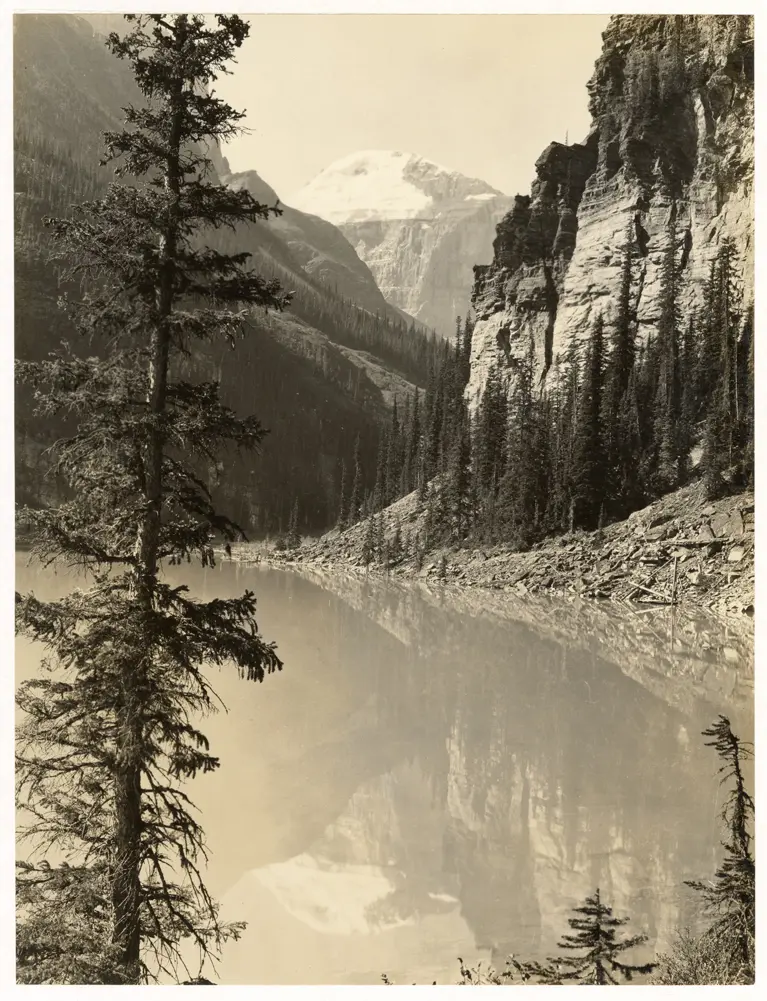
William Henry Jackson was an American explorer and photographer, whose scenic photographs of the American West helped draw people to the region and were integral in convincing the U.S. Congress and the American public of the need to preserve the landscapes as national parks.
In 1870, Jackson became the official photographer for the United States Geological Survey of the Territories (USGS) and joined Ferdinand Hayden’s 1870 expedition to the Yellowstone River and Rocky Mountains. Following the success of this expedition, Jackson was invited to join a further eight USGS expeditions. He became one of the first to photograph Yellowstone, the Grand Tetons and the Mesa Verde region, capturing the first photographs of the Ancestral Puebloan cliff dwellings. He also produced a series of portraits of North American indigenous people – today recognised as an important ethnographic record.
Following his departure from the USGS in 1878, Jackson set up his own photographic studio in Denver before joining the World Transportation Commission as official photographer, an initiative to promote American manufacturing and rail transportation worldwide.
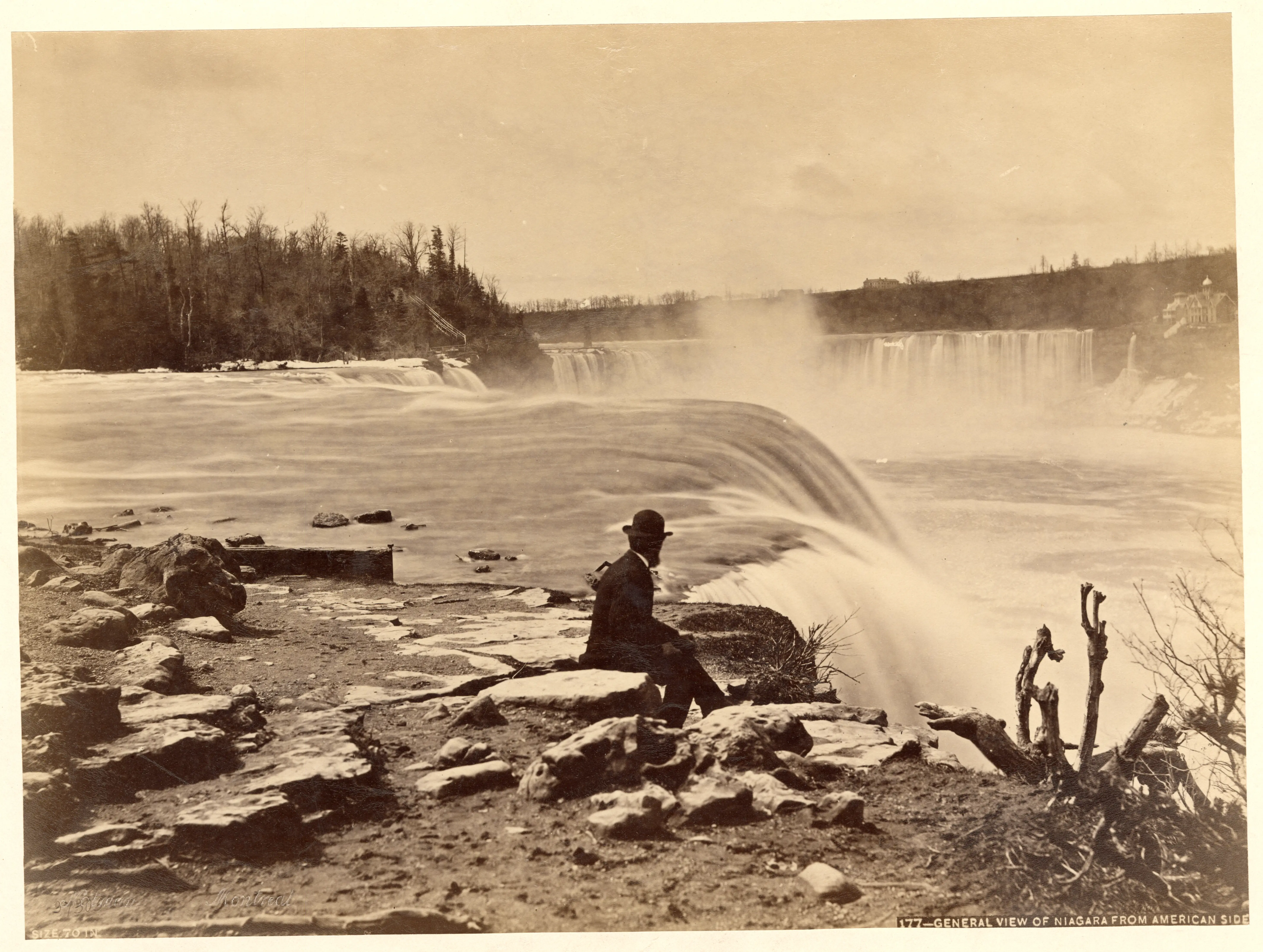
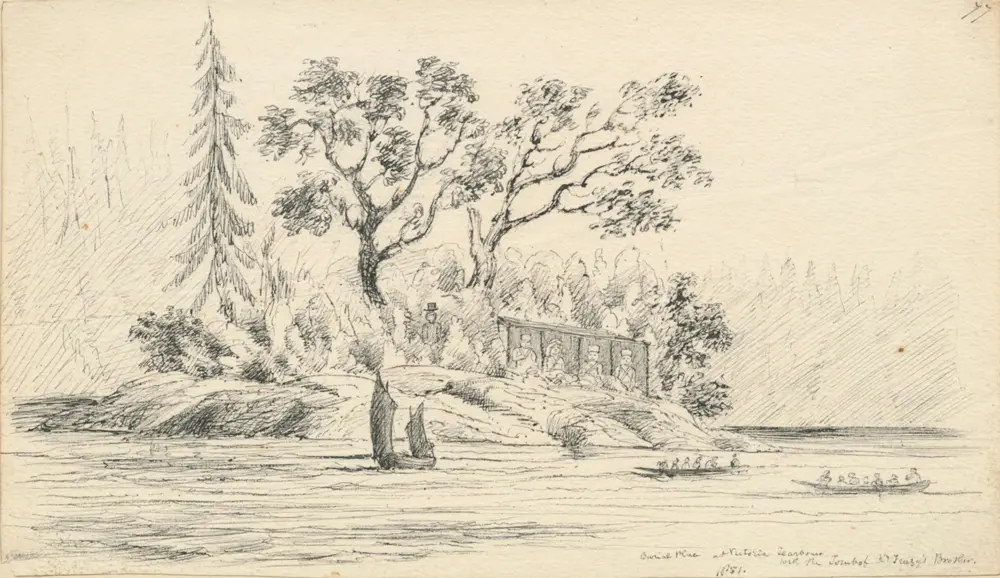
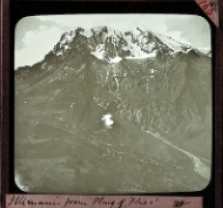
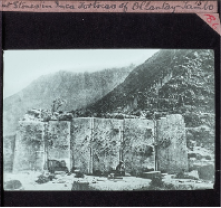
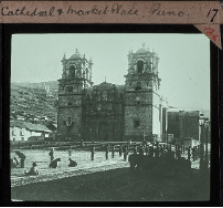
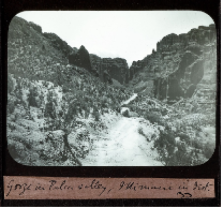
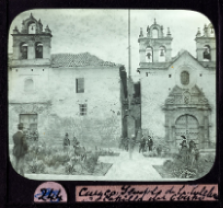
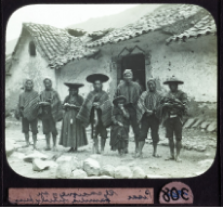
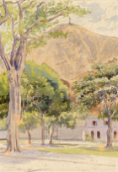
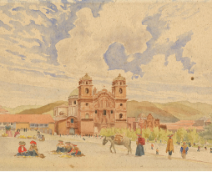
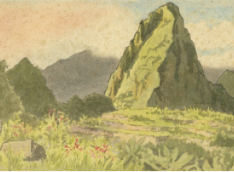
The scenery in this part of the Andes is very beautiful … Wild nature reigns supreme. Except on the very highest peaks and on the steepest precipices, there is a coat of green everywhere.’
- Coverley-Price, The Geographical Journal, 1932